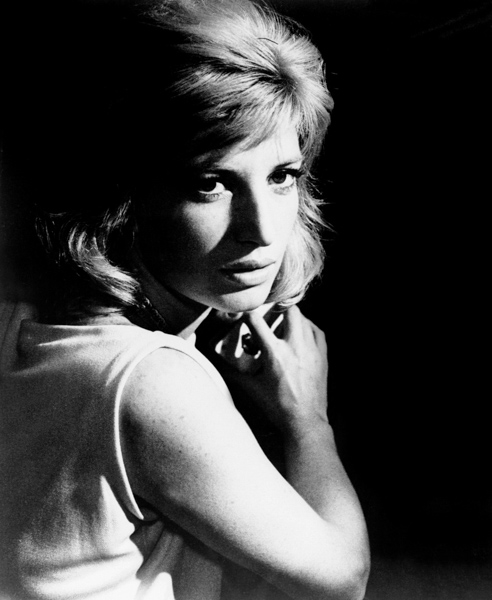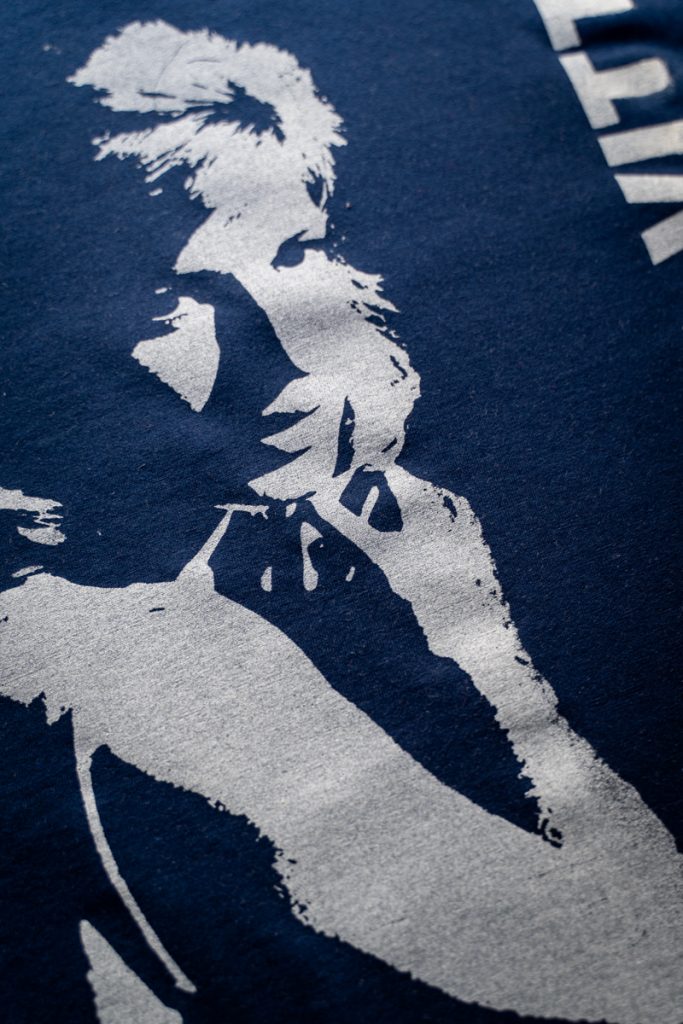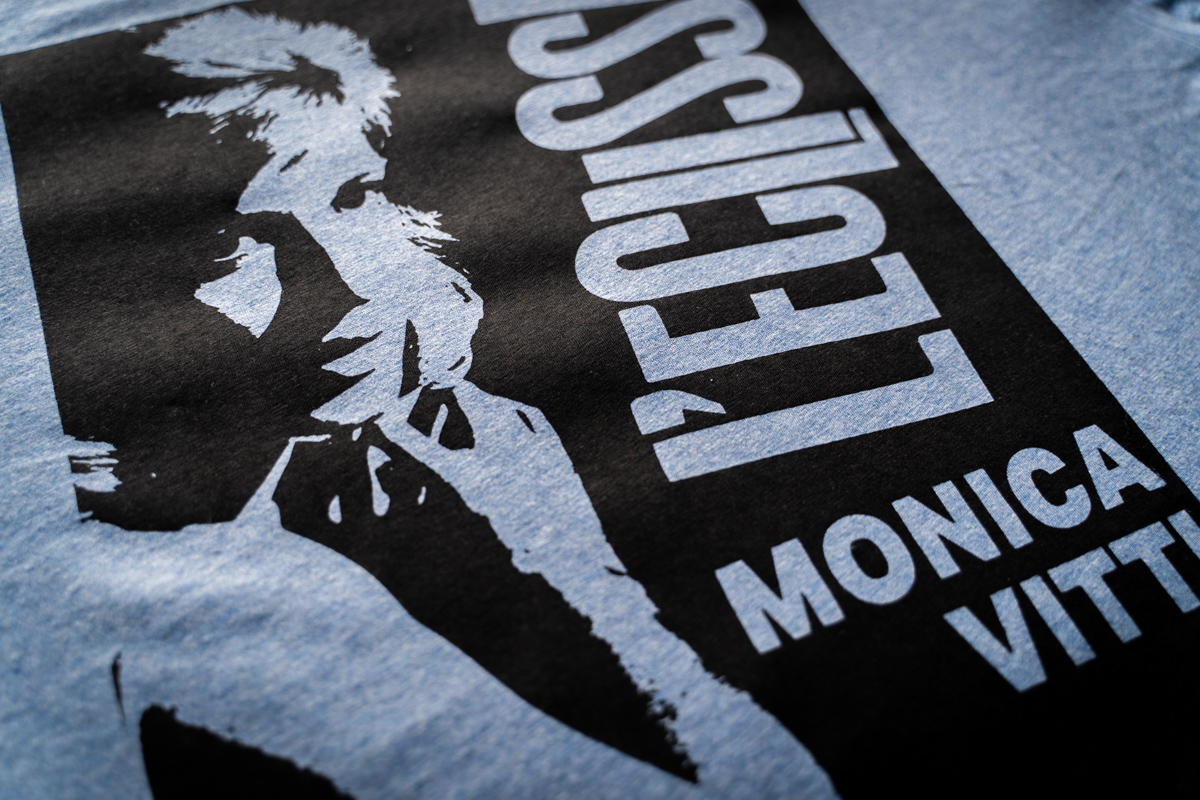Over the last week or so, I’ve been watching or rewatching the loose trilogy of black and white films that Michelangelo Antonioni made with the actress Monica Vitti released between 1960 and 1962. Each was made in black and white, and each took a profoundly moderning – and sometimes disparing look at the new world. Shot around an Italy that was still coming to terms with WWII, with modern buildings emerging from the ruins, they are an incredible set of films, and Vitti is just perfect in all three.
L’Avventura is the first of them, as a group of wealthy Italians all go on a boat trip together. They stop at a remote island to swim, sunbathe and explore, and one of the party, Anna, goes missing. We know that everything isn’t quite right in her world. But while another film might linger and indeed solve the mystery of what happened, that’s not the direction this film takes. Vitti’s character just glides through the film – we need to watch her expression as much as listen to her words to really understand what she’s experiencing and thinking. L’Avventura is unsettling at times, and it remains with you an awfully long time. It’s one of my favourite films.
La Notte followed in 1961, and is the film I hadn’t previously seen. It stars Jeanne Moreau and Marcello Mastroianni. Indeed it’s really Moreau’s film. Vitti appears as a very important secondary character – not dissimilar to the kind of person she played in L’Avventura during the film’s major section.
Mastroianni is a writer who’s publishing his first book. But he’s fairly listless and despite being married to Moreau, has a wandering eye. We meet them as they go to visit a friend who is critically ill in a private hospital. Moreau, realising that he’s at death’s door, can’t bear to be in the room with someone she cares for so much. Mastroianni’s character, on the other-hand, is tempted into the room of young single woman with some kind of psychological problems. She throws herself at him. He can’t help it.
Moreau’s character knows what her husband is like, and ends up walking the street of Milan – something we see in a very extended sequence.
The bulk of the film takes place at a lavish party – think the sort of party that we saw in The Great Beauty but 50 years earlier. The great and the good are there – and they enjoy having a literary sensation amidst them. Here we meet Vitti’s character, who doesn’t really care about the party. Needless, Mastroianni is drawn to her, although she doesn’t totally reciprocate. Moreau, meanwhile, is mostly a silent observer.
Finally, there’s L’Eclisse, which opens with Vitti’s translator ending a relationship. We see her walking through Rome, and later meeting her mother and the incredible scenes in the Rome Stock Exchange, where anxious members of the public watch on as fortunes are made or lost.
Alain Delon is a stockbroker there, relatively oblivious to the sums being won and lost, although working so late into the night, he nearly misses a date with Vitti’s character.
The film again shows off the modernism of the period – a Rome of thousand year old buildings alongside those built in the previous five.
The trilogy is fantastic. All three films are light on what we’d today call “plot” and each runs for more than two hours. In 1964 Vitti and Antonioni would make Red Desert, this time in colour, and the last of their collaborations. He wasn’t a prolific director, and perhaps Blow Up is his most famous and widely known film – also a classic. In later life, he seemed to mostly make short films.
Vitti went on to star in the fantastic (and awful) Modesty Blaise. But by the 70s she was appearing in some pretty average comedies in Italy. It feels a shame she never had more breakout success beyond her home market.
Slightly inspired by these, and certainly by Vitti’s beauty, I started scouring the internet for photos of her that might work in T-shirt screen printing form.
I ended up using this, slightly retouched image from promotion for L’Eclisse.

The picture at the top of this piece shows my preferred T-shirt, but I made an alternate inverting the imagery and reworking the design a little.

All three films are available on Blu Ray. L’Avventura has a Criterion Collection edition (and is on BFI Player); La Notte is on Masters of Cinema in the UK (and also on BFI Player); L’Eclisse is released by Studiocanal (and is on MUBI for the next three weeks).

